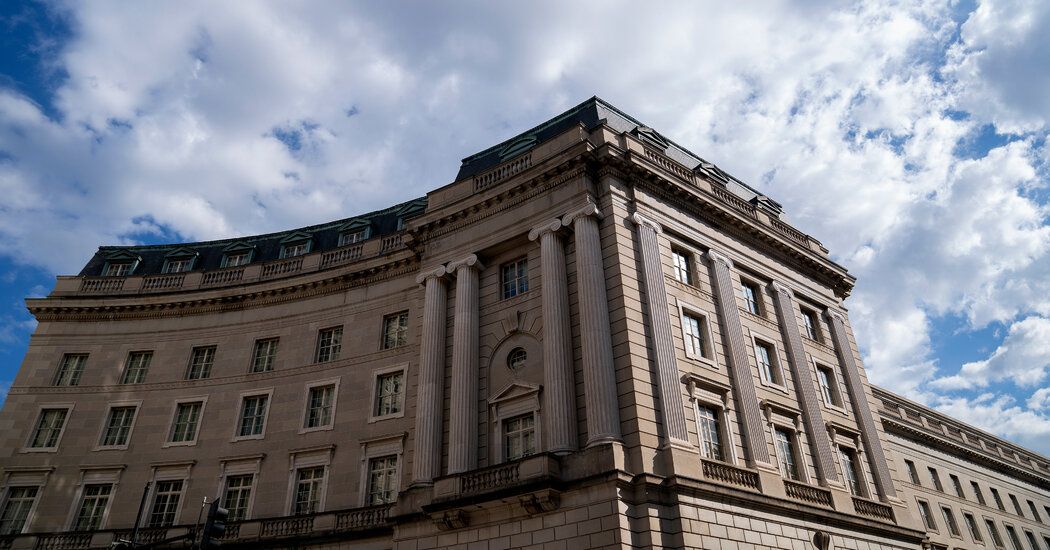How a Pandemic-Era Program Became a Magnet for Fraud
The tax credit has become so popular that it is turning out to be far more costly than expected. In 2021, after Congress expanded eligibility for the credit, the Congressional Budget Office projected that it would cost the federal government about $85 billion over a decade — up from an earlier estimate of $55 billion. However, even that turned out to be an underestimation: the I.R.S. said it has already paid out $152 billion in refunds associated with the tax credit since it first became available and has a backlog of about 800,000 applications that it is trying to process.
The I.R.S. does not yet know how many of the approved refunds were based on fraudulent applications. But it has begun ramping up efforts to root out scams and focusing additional scrutiny on filings from firms that appear suspicious.
On Thursday, the I.R.S. issued a warning to businesses to be on the lookout for “scams” related to the tax credit, saying it was fueling a flood of “invalid” applications.
“These are Johnny-come-latelies, showing up and they’re pushing this product, pushing this activity in a way that is unethical,” Douglas O’Donnell, the deputy commissioner of services and enforcement at the I.R.S., said in an interview. “It is drawing businesses into a trap, that they will then be claiming a credit that they are not entitled to.”
Mr. O’Donnell warned that those who received refunds but were ineligible for the money would have to repay the funds with penalties. He said the I.R.S. was aggressively auditing taxpayers who collect the refunds and the firms that process them. He estimated that hundreds of thousands of tax credit “mills” have popped up across the country in the last three years.
Source: The New York Times


